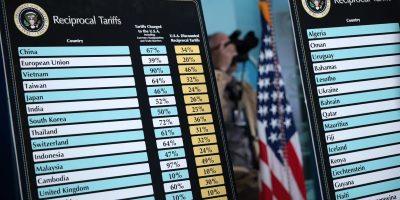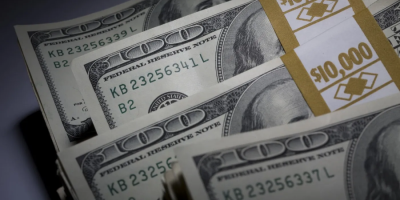Minutes of the US Federal Reserve’s (Fed) monetary policy meeting, recently released, show that Fed officials have yet to reach a consensus on the level of interest rate easing needed, despite agreeing to lower interest rates last month.

According to the minutes of the September 16-17 meeting, most Fed officials said that slowing job growth was a good reason to start cutting interest rates, despite lingering concerns about persistent inflation. However, the consensus was not absolute. Some said that a cut was not yet necessary or that it was entirely possible to leave rates unchanged.
Only one official, Governor Stephen Miran, who was appointed by President Trump and sworn in on the first day of the meeting, supported a steeper cut of 0.5 percentage points.
Of the 19 officials attending the meeting, a small majority expect at least two more rate cuts this year, in October and December. However, seven did not support further easing, suggesting Chairman Jerome Powell will face a challenging “policy bargain” to find a way forward.
Typically, economic data released after meetings would help the Fed reinforce or adjust its stance. But the temporary US government shutdown this past week delayed several key reports, including the September jobs report, which was expected to shed light on the extent of the labor market weakness.
Policymakers are now forced to rely on private data or information from businesses on prices and hiring, rather than official figures, making it difficult for the Fed to have a solid basis to change course, although markets are still betting on another rate cut at its October 28-29 meeting.
In his speech on September 23, Chairman Powell did not dismiss market expectations. He emphasized that the Fed will continue to assess growth, employment and inflation, asking: “Are our policies on track? If not, we will adjust.”
Some officials have been cautious about further easing of monetary policy, concerned that inflation, which has been running above the 2% target for more than four years, could become a “new normal” if people and businesses get used to 3% price increases.
In addition, the US stock market’s continuous record highs have also raised concerns that the Fed may be pushing financial risks too hard. Some officials noted that current credit conditions have not really “tightened”, suggesting that monetary policy still has room to remain unchanged or adjust more cautiously.
On the other hand, many fear that maintaining high interest rates could weaken the labor market, especially in the property sector, which is sensitive to borrowing costs. At the same time, rising import costs due to new tariffs are weighing on businesses, making it harder for them to hire, and reducing consumer purchasing power.
Some officials acknowledge that tariffs are only a temporary inflationary shock. But if companies can’t adjust their supply chains or raise prices, the resulting profit loss could force them to cut jobs or invest.
Amid growing internal divisions, Chairman Jerome Powell is trying to strike a balance, saying that “risks on both sides mean there is no path that is completely risk-free.” If the Fed cuts too much, it could trigger a surge in inflation, but if it keeps rates too high, it risks undermining employment.
















Leave a Reply